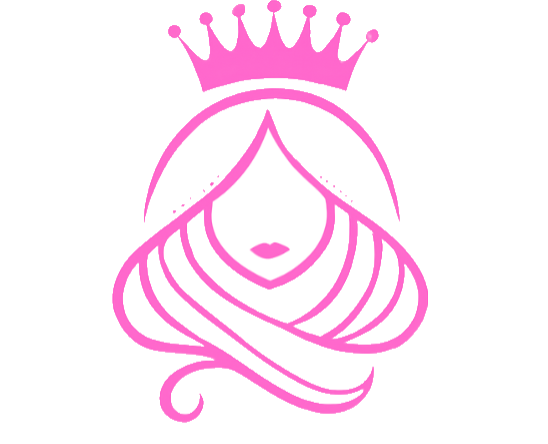
08 May H.A.L.T.
“My message for everyone is the same: that if we can learn to identify, express, and harness our feelings, even the most challenging ones, we can use those emotions to help us create positive, satisfying lives.” — Marc Brackett
Hungry, angry, lonely, or tired? These are some of the most common triggers for a craving. Sometimes it can be challenging to identify how and why we feel what we are at any given moment. This is where the handy little acronym HALT comes in.
Today, we will discuss how to use HALT to identify triggers and handle our cravings.
Hungry, Angry, Lonely, Tired
HALT stands for Hungry, Angry, Lonely, and Tired. The occurrence of any of these four sensations is a big reason why people turn to alcohol.
If you have a craving, “halt” and ask yourself if you are feeling any of these four emotions or sensations. HALT is a helpful checklist when putting a name to the discomfort we’re feeling. You may be surprised that many of your cravings start with one — or a combination of —these familiar sensations.
When we can identify exactly how we’re feeling at any given moment, we can better tend to our needs healthily and productively. The earlier we can recognize the onset of these emotions, the easier it is to handle them without using alcohol.
Let’s dive deep into the four facets of HALT.
Hungry
When a craving strikes, pause and see if it might be hunger or low blood sugar. Low blood sugar can lead to alcohol cravings because your body has learned that alcohol can increase blood sugar temporarily.
If so, address the craving with a nutrient-dense snack or meal with plenty of healthy fats and proteins.
Angry
Anger is difficult to manage in any situation, especially when we’re trying to be more mindful of our sobriety.
Your natural inclination may be to find something that will quickly extinguish the fire that’s raging within. Excessive alcohol use may likely have been one of your coping mechanisms.
Instead of turning to a drink, we can use practices such as exercise and meditation, which are known to quickly and effectively alter our emotional states. Exercise is a great way to relieve our bodies of the nervous tension that comes with anger, and meditation helps calm our central nervous systems. Once we apply these techniques and calm down, we can better decide how to approach what’s bothering us.
Lonely
Loneliness can be a heavy feeling to manage, and it’s another emotion that makes us want to alter our state quickly.
We may think that if we reach for a drink, we won’t have to think about how lonely we are anymore. However, science shows that alcohol can worsen depression, anxiety, and feelings of isolation.
Instead, we can plug into our support networks by reaching out to trusted friends, family, or the Reframe community through the forum. This is easier said than done, so it’s crucial to have a support plan already in place that’s available when you need it most.
Tired
Both mentally and physically, fatigue can be a very intense trigger for alcohol use. We live in a culture that teaches us to use alcohol to unwind; we may associate that end-of-the-day slump with excessive alcohol usage.
Once we’ve identified that our craving is based on being tired, getting rest is the best thing we can do. An excellent in-the-moment cravings buster is simply going to bed, even if it’s a bit early.
If rest isn’t possible, utilize a natural energy booster, such as getting fresh air or going for a walk.
Key Takeaways
When we HALT and tune into the real reason we’re experiencing a craving, we can better address the core of our discomfort. HALT can help us identify the source of our negative emotions instead of putting a band-aid on our discomfort by reaching for alcohol. “Hungry, angry, lonely, and tired” are prevalent sources of a craving state and can be remedied with healthy and positive coping mechanisms.

Sorry, the comment form is closed at this time.